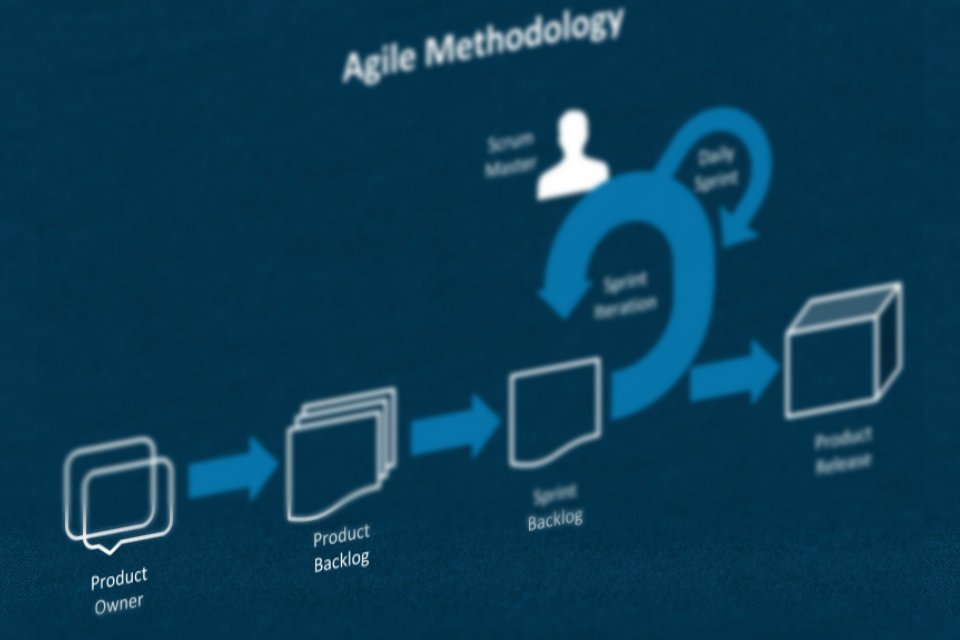Daily Stand-up: What, How, Who and When.
Posted On November 19, 2011
0
13.8K Views

What are daily stand-ups?
Daily stand-ups is adopted by agile team to provide a status update to team and to continuously improve the team velocity by meeting up daily and talking about:
- What were accomplished since the last meeting.
- What will be taken up before the next meeting.
- What obstacles are preventing progress.
How to make the daily stand-ups effective?
If not given proper attention to the daily stand-ups it would end up being just a waste of time without any value to the team or the project. It is always nice to talk about the effectiveness of the stand-ups so as to make it more interesting and generate value to the team and the project. Few tips to make the stand-ups effective are:
- Stand up. Do not sit and do the daily “stand-ups”
- Each member should time-box the status update to 30 – 60 seconds.
- Stick to the point and take lengthy discussions separately.
- Conduct stand-ups same time and place every working day.
- Avoid postponing stand-ups.
- Better to choose a place near the workstation unless it do not disturb other teams and avoid meeting in conference rooms. This is to avoid situations where the conference room is already occupied and delay the meeting.
- Each member take a few minutes preparing what to say during the meeting.
- Everyone should be on time.
- Pass around a token (e.g. a soft ball) so that the holder gets the turn to talk.
- Let the member choose an appropriate time to conduct the daily stand-up.
Who should attend the daily stand-up?
Ideally everyone involved in the team should attend the daily stand-ups. If it is the inception phase of a project, it would be really good if the stakeholders could also attend the daily stand-ups. If not everyday, weekly involvement would help them know the progress of the team. It also helps the team get constant feedback and know about new initiatives and promotions taken by the stakeholders that might impact them in one-way or the other.
When do daily stand-ups become inevitable?
Stand-ups is a really nice practice that motivates and pushes the team forward, but sometimes it just becomes the most wasted time of the day even if you are doing it right. The reason could be that it is done by a relatively small team where everyone share the same work-space and know what the other person is up to. The team could collectively decide to do avoid the daily stand-ups and do a weekly iterations instead.
Stand-ups becomes inevitable when:
- A team member spends significant amount of time in other projects.
- Team are spread across departments or location.
- The team size is pretty large (6 and above).
- Inception of the project where there are lots of unknown variables.
- There’s lots of confusion within the team.
- A new member joins the team and is not aware of the work done by the team and also help in knowing other team members.






